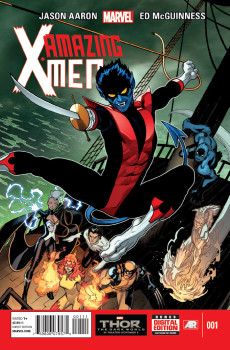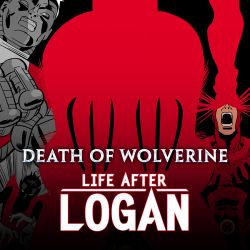Future Treasures: Rat Queens Volume 2 by Kurtis J. Wiebe and Roc Upchurch
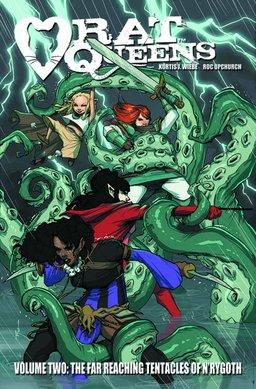 Rat Queens, Volume 1 was nominated for a 2015 Hugo — and all on its own, too, without having to rely on a slate or anything. (I wonder if we’ll have to put that qualifier on all future Hugo nominees.)
Rat Queens, Volume 1 was nominated for a 2015 Hugo — and all on its own, too, without having to rely on a slate or anything. (I wonder if we’ll have to put that qualifier on all future Hugo nominees.)
The Rat Queens is a darkly comedic “sass-and-sorcery” graphic novel, featuring a pack of booze-guzzling, death-dealing battle maidens-for-hire in the business of killing all god’s creatures for profit. It follow the adventures of four Dungeons and Dragons archetypes, Hannah the Rockabilly Elven Mage, Violet the Hipster Dwarven Fighter, Dee the Atheist Human Cleric and Betty the Hippy Smidgen Thief, as they hack their way through dungeons and strangers things, in this modern spin on an old school genre.
A brand-new, booze-soaked tale of the Rat Queens reveals a growing menace within the very walls of Palisade. And while Dee may have run from her past, the bloated, blood-feasting sky god N’rygoth never really lets his children stray too far. Collects issues #6-10 of the smash-hit series, plus extras.
Volume 1, Sass & Sorcery, was released on April 8, 2014, and is still available — at the low introductory price of $9.99. It’s definitely the best starting place if you’re not familiar with the series. I bought it last year, and it was quickly snatched up by all the comic-reading bipeds in my house.
Rat Queens Volume 2: The Far Reaching Tentacles of N’rygoth was written by Kurtis J. Wiebe and illustrated by Roc Upchurch and Stjepan Sejic. It will be published by Image Comics on May 19, 2015. It is 136 pages in full color, priced at $14.99. There is no digital edition.
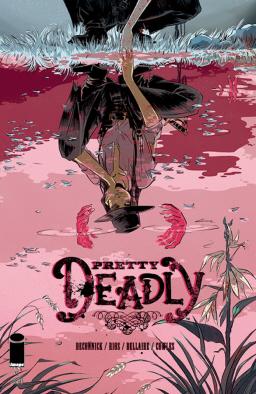
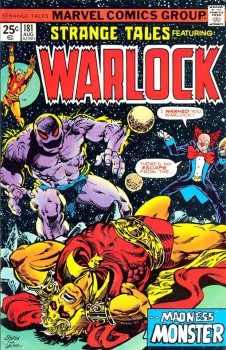
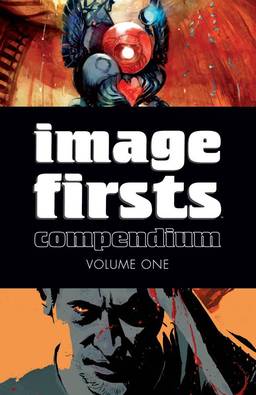
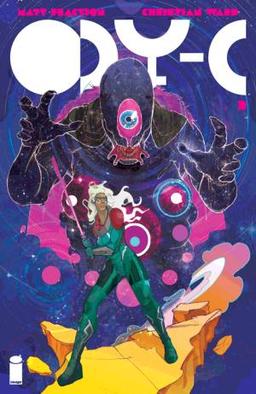
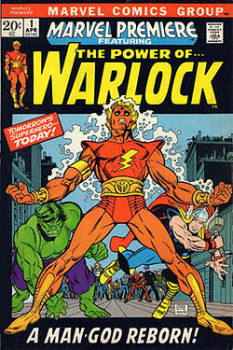
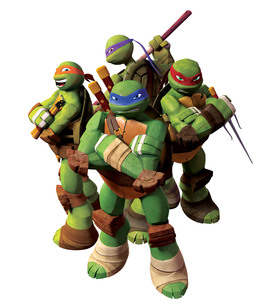
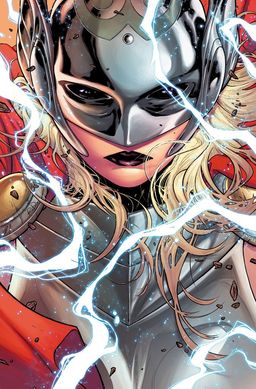
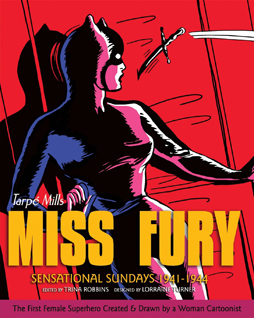 In 1941 comics artist June Tarpé Mills started a new Sunday adventure strip: Miss Fury. It would run until 1952, telling the wild and beautifully-drawn saga of a socialite who donned a magical black cat-suit to fight Nazis and criminals. In 2011 IDW’s Library of American Comics imprint published a selection of Miss Fury strips from 1944 through 1949, edited and with an introduction by comics historian Trina Robbins. Last year Robbins and IDW published a second volume, collecting the series from the start up to the beginning of the earlier collection, again featuring an introduction about Mills and her strip, and as well a brief selection of some of Mills’ earlier work. I had a chance to read the recently-published second collection, and was tremendously impressed.
In 1941 comics artist June Tarpé Mills started a new Sunday adventure strip: Miss Fury. It would run until 1952, telling the wild and beautifully-drawn saga of a socialite who donned a magical black cat-suit to fight Nazis and criminals. In 2011 IDW’s Library of American Comics imprint published a selection of Miss Fury strips from 1944 through 1949, edited and with an introduction by comics historian Trina Robbins. Last year Robbins and IDW published a second volume, collecting the series from the start up to the beginning of the earlier collection, again featuring an introduction about Mills and her strip, and as well a brief selection of some of Mills’ earlier work. I had a chance to read the recently-published second collection, and was tremendously impressed.